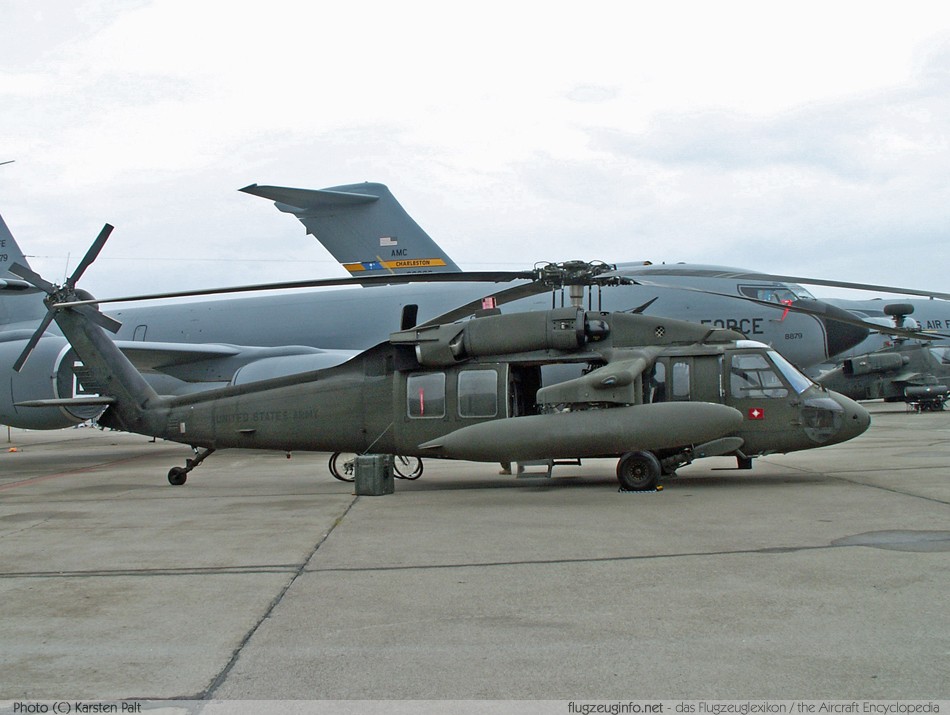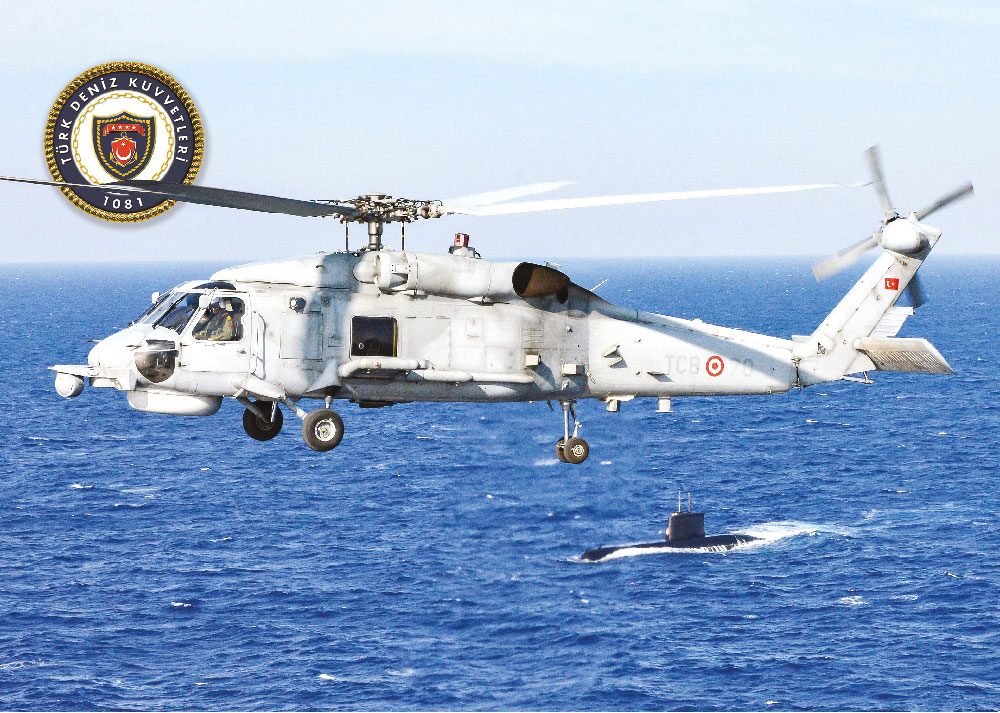Introducing the Sikorsky S 70: Technologies and Breakthroughs in Helicopter Design
Introducing the Sikorsky S 70: Technologies and Breakthroughs in Helicopter Design
Blog Article
Rotary-Wing Aircraft Offering Superior Resilience and Precision Engineering
In the world of aeronautics, rotary-wing aircraft have actually long been acknowledged for their one-of-a-kind capabilities in various functional environments. From armed forces objectives to civilian applications, the evolution of rotary-wing technology has led the way for equipments that use unmatched resilience and accuracy engineering. Via developments in products and building strategies, paired with sophisticated trip control systems, these aircraft have actually ended up being indispensable tools for jobs that require both toughness and precision. As we discover the detailed balance between development and integrity in rotary-wing airplane, it comes to be noticeable that the merging of advanced modern technology and tried and tested style concepts has set a new standard for efficiency and performance in the aerospace market.
Advancement of Rotary-Wing Technology
Throughout the history of aviation, the evolution of rotary-wing innovation has been a testament to constant development and improvement in aeronautical design. From the early days of upright trip with rudimentary layouts to the advanced helicopters and other rotary-wing aircraft these days, the progression in this area has been impressive.
In the very early 1900s, leaders like Igor Sikorsky and Juan de la Cierva made substantial strides in rotary-wing innovation. Sikorsky's VS-300 helicopter, initial flown in 1939, marked a turning point in the advancement of practical rotary-wing aircraft. This success led the means for additional developments in vertical trip abilities.

Today, rotary-wing aircraft play essential duties in numerous industries, consisting of military operations, emergency situation clinical services, police, and business transport. The development of rotary-wing modern technology remains to push the boundaries of what is feasible in vertical flight, ensuring that these airplane stay indispensable assets in the air travel sector.
Products and Building Innovations
Demonstrating a fusion of innovative products and exact construction techniques, rotary-wing aircraft have undergone considerable innovations in toughness and performance. One of the key innovations in products made use of for rotary-wing airplane is the raising usage of composite products.
Furthermore, the assimilation of innovative finishes and surface treatments has played an essential function in enhancing the resilience of rotary-wing aircraft. These finishings give protection against corrosion, abrasion, and severe climate condition, expanding the life-span of the aircraft and reducing maintenance needs.
In regards to building developments, additive production, likewise known as 3D printing, has revolutionized the manufacturing of facility elements for rotary-wing airplane. This innovation enables rapid prototyping and modification, leading to quicker advancement cycles and lowered costs. Generally, the continuous development of products and building and construction strategies is driving the capabilities and efficiency of rotary-wing aircraft to brand-new elevations.
Accuracy Flight Control Solution

The integration of GPS technology better enhances the precision and integrity of these systems, enabling for exact navigation, waypoint tracking, and automated flight control. sikorsky s 70. This degree of precision not only enhances the safety of rotary-wing procedures but likewise improves overall functional performance and objective effectiveness
In addition, the constant developments in artificial intelligence and artificial intelligence have helped with the development of independent trip abilities within Accuracy Flight Control Equipment. This enables rotary-wing airplane to carry out intricate objectives with unequaled accuracy and uniformity, making them vital assets in a variety of applications, consisting of army operations, search and rescue missions, and airborne photography.
Toughness in Challenging Settings
In demanding functional setups, rotary-wing aircraft demonstrate phenomenal durability and robustness, making sure ideal performance under difficult ecological problems. These airplanes are designed to endure a wide variety of environmental elements, including severe temperatures, high winds, and harsh terrain, making them well-suited for various objectives in varied landscapes.
One essential aspect adding to the resilience of rotary-wing aircraft is their tough building. These aircraft are built utilizing premium products and advanced engineering methods to enhance their architectural stability and dependability. In addition, parts such as rotor blades, engine systems, and landing equipment are thoroughly created to stand up to the pressures and stress and anxieties experienced during operations in tough settings.
In addition, rotary-wing airplane are equipped with advanced onboard systems that keep track of performance metrics in real-time, permitting proactive upkeep and very early detection of possible concerns - sikorsky s 70. This positive technique aids protect against unanticipated failings and ensures the continued airworthiness of the airplane sought after functional setups. On the whole, the durability of rotary-wing aircraft in difficult settings is a testimony to their remarkable design and layout, making them indispensable properties for different mission-critical operations
Upkeep and Reliability Standards
The adherence to stringent upkeep and dependability requirements is paramount in making certain the ideal efficiency and safety and security of rotary-wing airplane. Regular maintenance checks, performed by qualified specialists, are important to identify and address any kind of possible problems before they compromise the airplane's capability. These checks encompass a see here detailed examination of all vital elements, including the engine, rotor system, avionics, and hydraulic systems, to guarantee that they remain in prime functioning problem.
In addition, adherence to set up upkeep intervals in accordance with supplier guidelines is important click here for info for promoting the aircraft's integrity. This aggressive technique assists protect against unexpected failures and ensures that the airplane continues to be airworthy for its designated objectives. In addition, the execution of durable dependability requirements, such as regular element testing and replacement based upon predetermined lifecycles, even more boosts the aircraft's dependability.
Final Thought

In verdict, the advancements in rotary-wing airplane modern technology have caused premium sturdiness and precision design. With innovative products and construction strategies, along with precision trip control systems, these airplane can operate in tough atmospheres with raised integrity. The maintenance and integrity requirements guarantee that these rotary-wing aircraft proceed to execute at their ideal, making them necessary properties for various markets.
Demonstrating a blend of sophisticated products and accurate construction strategies, rotary-wing airplane have undertaken substantial improvements in toughness and performance. One of the key technologies in materials used for rotary-wing airplane is the enhancing utilization of composite products.With meticulous focus to detail and progressed technological assimilation, rotary-wing aircraft have actually accepted Precision Trip Control Systems as a keystone of their operational quality. In general, the durability of rotary-wing aircraft in tough atmospheres is a testimony to their exceptional design and design, making them crucial possessions for numerous mission-critical operations.
In final thought, the advancements in rotary-wing aircraft technology have actually led to premium toughness and accuracy engineering.
Report this page